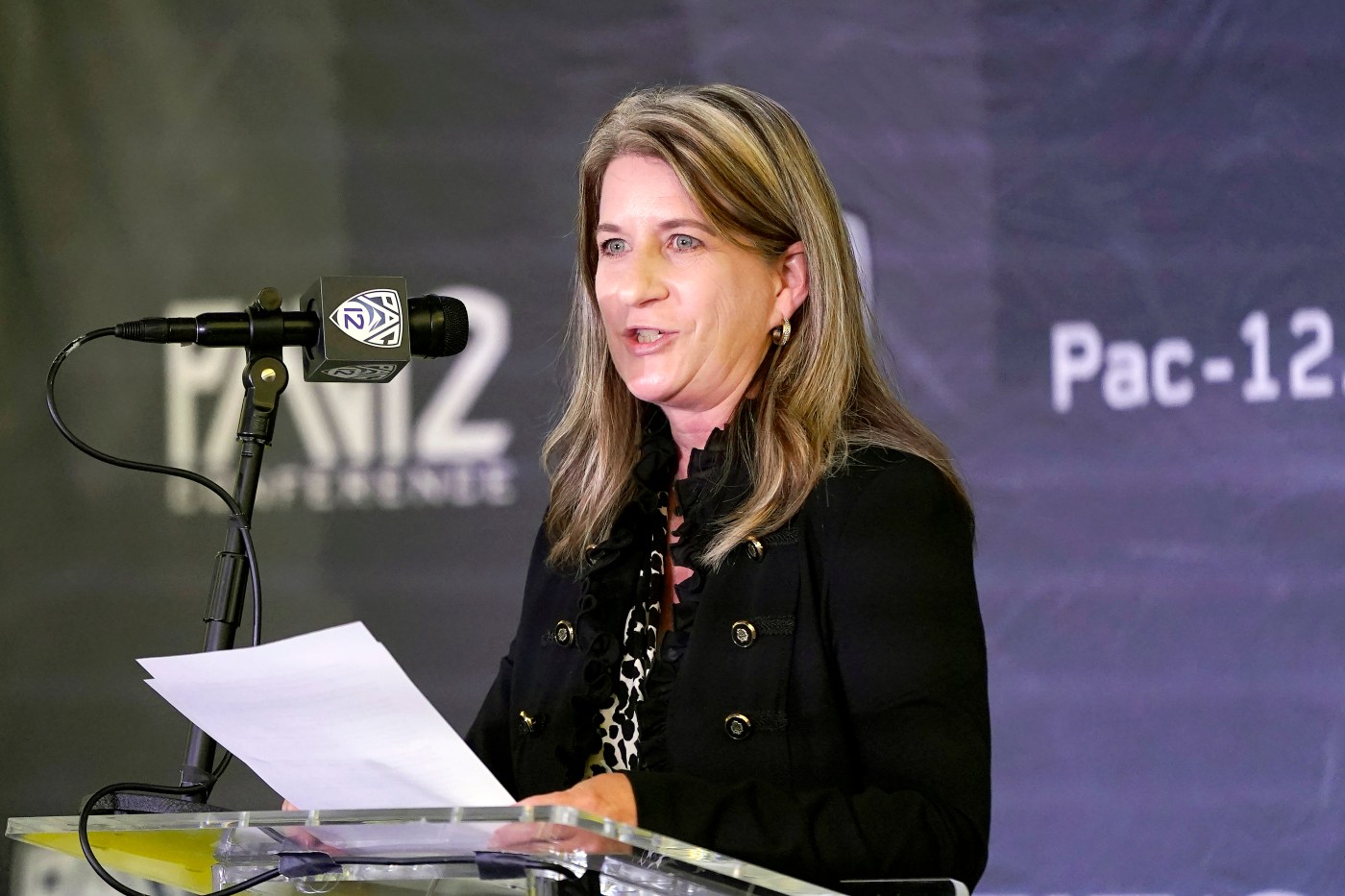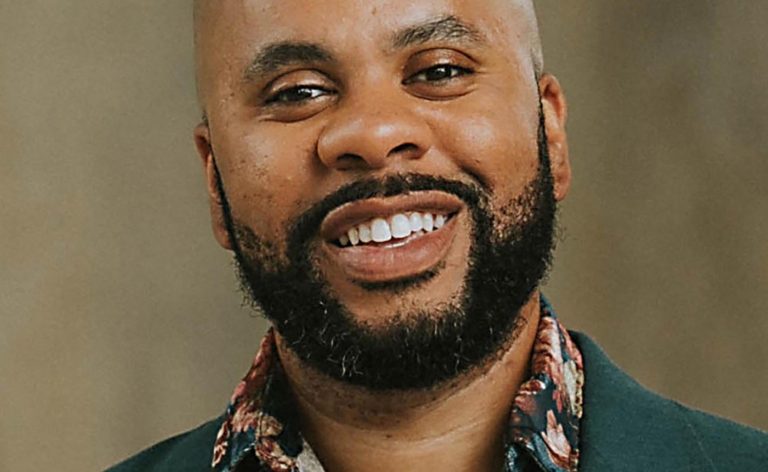The Pac-12 lost the narrative last week after its attempt to add Memphis, South Florida and Tulane from the American Athletic Conference was rebuffed in extremely public fashion.
The optics turned for the worse two days later, when UNLV decided to remain in the Mountain West — a move that looked bad at the time and appears even worse now.
But the news Tuesday of Gonzaga’s looming arrival — the Zags will begin competition in 2026-27 — dramatically changes the perception of the reconstituted Pac-12.
During an era in which conference strength is based on the value of its brands, the Pac-12 landed the biggest basketball brand available during its current expansion phase.
Our thoughts on the news:
— The Zags instantly make the conference more attractive to potential media partners and to other schools — those that play both football and basketball, and those that don’t.
With Gonzaga and San Diego State, which reached the NCAA championship two seasons ago, the Pac-12 has tentpole basketball programs that could, according to an industry source, lead to scheduling partnerships with the Big 12 or ACC.
Also possible, the source said: An arrangement with Connecticut to become a football-playing member that schedules basketball games for its powerhouse teams each year in Pac-12 arenas.
— This isn’t the first time Gonzaga has appeared on the Pac-12’s expansion radar.
In the summer of 2022, after USC and UCLA announced they were joining the Big Ten, the Pac-12’s strategic advisers suggested the conference immediately add Gonzaga and San Diego State, according to a source.
In tandem, the moves would create stability, help offset the loss of UCLA’s basketball program and provide a continued presence in the greater Southern California region.
The conference would then take its reformed structure to the market to identify the framework for a media rights deal, then dangle that deal in front of a select number of Big 12 schools.
But the conference’s presidents and athletic directors rejected the idea for a variety of reasons, the source said.
— The financial details of Gonzaga’s move into the Pac-12 have not been disclosed, but we’re curious about the revenue share headed to Spokane.
In the media rights world, football typically accounts for 80 cents of every dollar spent by the networks on programming.
As an example, let’s assume the reconstituted Pac-12 could sign a media rights deal that spins off $10 million per campus annually. The 20 percent rule suggests each school’s basketball program would carry a valuation of roughly $2 million.
But Gonzaga’s anticipated revenue from NCAA Tournament units, combined with the audience it generates on TV — against Power Five opponents over a five-season span (2018-23), the Zags averaged 900,000 viewers, according to data provided to the Hotline by a media industry source — pushes the school’s value far beyond $2 million.
Will the Zags receive a full share? Could they get an equal split of all revenue except what the Pac-12 generates from the College Football Playoff? Those details will be fascinating.
— On the day Gonzaga joined the Pac-12, the Mountain West added UTEP from Conference USA, a contrast that one source said pointed to the disparate situation between the two leagues.
The former is attempting to focus on quality; the latter, on survival.
— Where does the West Coast Conference turn to replace its top basketball program?
Inward, potentially.
The addition of Grand Canyon in the summer of 2025 — the move was announced earlier this year — was based, in part, on the presumed need to eventually replace Gonzaga.
The Lopes reached the second round of the NCAAs and have the resources to become a tentpole program for the WCC.
— Gonzaga has attempted to gain entry into the Big 12 in recent years.
With that option blocked, the Pac-12 made the most sense for the school’s long-haul aspirations.
Put another way: The Pac-12 provides the best available path for Gonzaga into the power conferences in the 2030s.
It’s not an audition, per se. The Zags have no need to prove their competitive value to anyone. Instead, it’s a jump to a larger platform with greater resources that could position the school for the next step.
— The Pac-12 isn’t the only conference placing a premium on basketball.
Related Articles
Pac-12 expansion: Gonzaga set to join conference as focus shifts to basketball
ASU football: Bowl math hinges on Week 6 win over Kansas
Pac-12 bowl picks: Utah on track for CFP, Colorado heads to Holiday
College Football Playoff projections: BYU, Arizona on bubble with USC
Pac-12 expansion: Forget football for now and go get Gonzaga
The move echoes the strategy deployed by Big 12 commissioner Brett Yormark, who believes college basketball is undervalued in the media ecosystem and has pursued not only the Zags but Connecticut in recent years.
In Yormark’s vision, quality basketball eventually will fill the programming tonnage needs of media companies, especially streamers.
— With Washington State and Oregon State, plus the five schools from the Mountain West and Gonzaga, the Pac-12 has enough stability to take its media rights to market and gauge interest from networks and streamers alike for the contract cycle beginning in the summer of 2026.
On this matter, it’s worth noting that ESPN and Gonzaga have had a long, mutually beneficial history.
“I would think ESPN would be interested in the Pac-12 if Gonzaga’s part of the package,” a source said.
— Gonzaga will be considered a partial member of the Pac-12 under NCAA rules because it does not sponsor football, leaving the conference in need of an eighth full-time member by the summer of 2026.
Unless, of course, the NCAA standards for certification change.
*** Send suggestions, comments and tips (confidentiality guaranteed) to wilnerhotline@bayareanewsgroup.com or call 408-920-5716
*** Follow me on Twitter/X: @WilnerHotline












